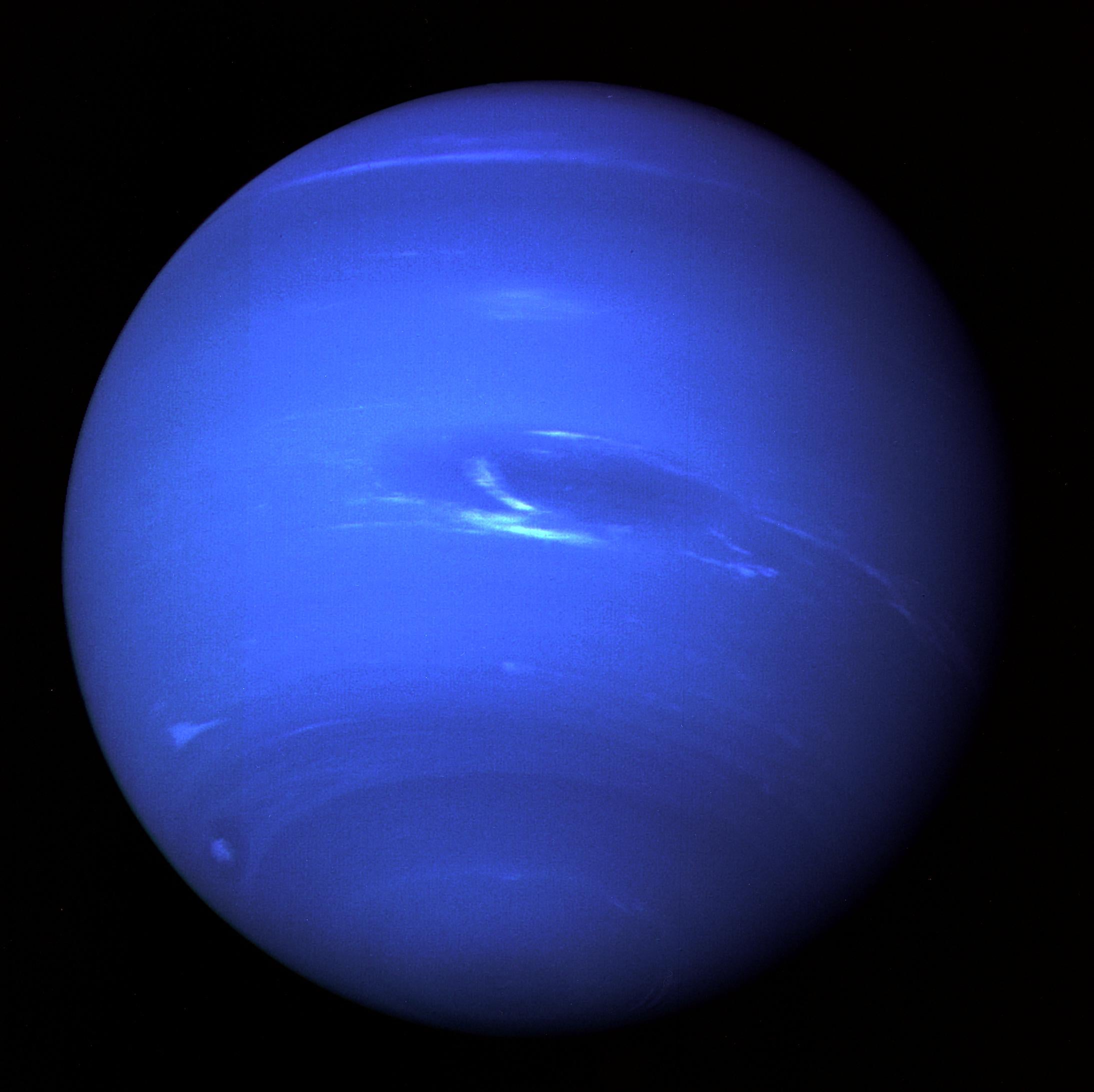Scientists can finally explain why Uranus and Neptune are different colours
The furthest two planets in the Solar System both have similar masses, sizes, and atmospheric compositions, but they are different shades of blue.

Your support helps us to tell the story
From reproductive rights to climate change to Big Tech, The Independent is on the ground when the story is developing. Whether it's investigating the financials of Elon Musk's pro-Trump PAC or producing our latest documentary, 'The A Word', which shines a light on the American women fighting for reproductive rights, we know how important it is to parse out the facts from the messaging.
At such a critical moment in US history, we need reporters on the ground. Your donation allows us to keep sending journalists to speak to both sides of the story.
The Independent is trusted by Americans across the entire political spectrum. And unlike many other quality news outlets, we choose not to lock Americans out of our reporting and analysis with paywalls. We believe quality journalism should be available to everyone, paid for by those who can afford it.
Your support makes all the difference.Scientists have explained why, despite having much in common, Uranus and Neptune have very different appearances.
The furthest two planets in the Solar System have similar masses, sizes, and atmospheric compositions – yet Neptune looks distinctly bluer than its neighbour.
New research, led by Professor Patrick Irwin at the University of Oxford, suggests a layer of haze on both planets is behind the different hues.
Both would appear almost equally blue if there were no haze in their atmospheres, the study suggests.
Explaining the difference in colour between Uranus and Neptune was an unexpected bonus
Using observations from the Hubble Space Telescope, the Nasa Infrared Telescope Facility and the Gemini North telescope, an international team of researchers developed a model to describe aerosol layers in the atmospheres of both planets.
Prof Irwin, lead author of the paper, said: “This is the first model to simultaneously fit observations of reflected sunlight from ultraviolet to near-infrared wavelengths.”
He added: “It’s also the first to explain the difference in visible colour between Uranus and Neptune.”
The model involves three haze layers at different heights in the two planets’ atmospheres.
The middle layer of haze particles is thicker on Uranus than on Neptune, which affects the visible colour of the two planets, the scientists say.
On both planets, methane ice condenses on the particles in the middle layer, forming a shower of methane snow that pulls the haze particles deeper into the atmosphere.
Neptune has a more active, turbulent atmosphere than Uranus, suggesting its atmosphere is more efficient at churning up the gas into the haze layer where it can condense on the haze particles and produce this snow.
This removes more of the haze and keeps Neptune’s haze layer thinner.
Therefore, Neptune appears bluer, while excess haze on Uranus builds up in the planet’s stagnant, sluggish atmosphere, giving it a lighter tone.
The research also showed the presence of a second, deeper layer in the model.
When darkened, this could account for dark spots occasionally seen on Neptune and more sporadically on Uranus, such as the famous Great Dark Spot (GDS-89) on Neptune observed by Voyager 2 in 1989.
Dr Mike Wong, an astronomer at the University of California, Berkeley, said: “We hoped that developing this model would help us understand clouds and hazes in the ice giant atmospheres.
“Explaining the difference in colour between Uranus and Neptune was an unexpected bonus.”
The findings are published in the Journal of Geophysical Research: Planets.